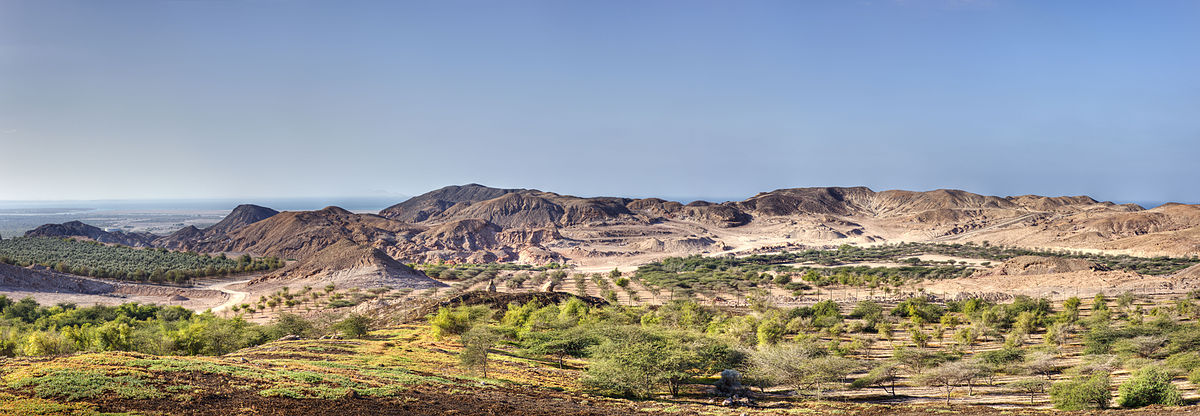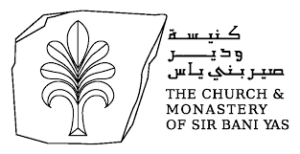The Soil Solutions Project in Paradise- Sir Baniyas Island
Ṣīr Banī Yās (Arabic: صِـيـر بَـنِى يَـاس) is a natural island located 170 km (110 mi) southwest of Abu Dhabi, the capital of the United Arab Emirates.
It lies 9 km (5.6 mi) offshore – and is Spanning over 87 km2 (34 sq mi) making it the largest natural island in the United Arab Emirates
Sir Bani Yas was originally home to Arabia‘s largest wildlife reserve established in 1977 by Sheikh Zayed Bin Sultan Al Nahyan.[2]
Thanks to decades of conservation work and ecological investment, it is now home to thousands of large free-roaming animals and several million trees and plants.
A bird sanctuary as well as a wildlife reserve, Sir Bani Yas showcases nature through activities such as adventure safaris, kayaking, mountain biking, archery, hiking, and snorkeling.
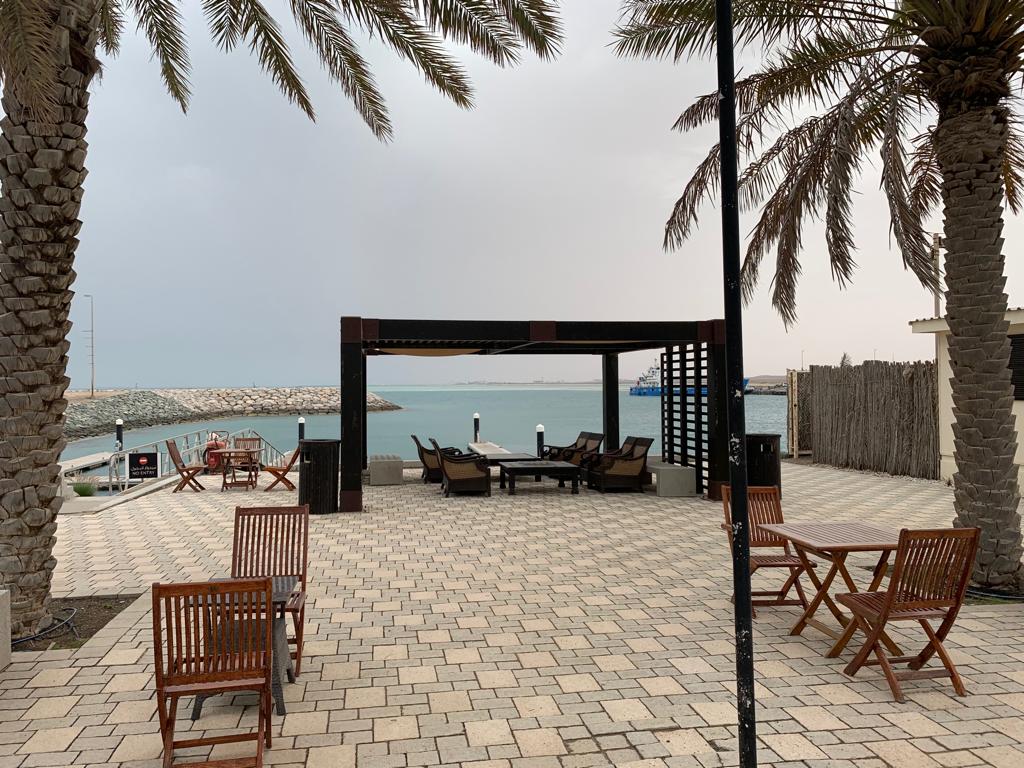
The name Sir Bani Yas originates from the Bani Yas tribe, who first inhabited Abu Dhabi. Sir Bani Yas is the crest of a salt dome created millions of years ago by natural geological forces.
The first human settlers arrived several thousand years ago. Thirty-six archaeological sites have been discovered throughout Sir Bani Yas, each providing a distinct insight into the island’s
history. One of the oldest sites is the remains of a Nestorian Christian monastery which dates back to 600 AD.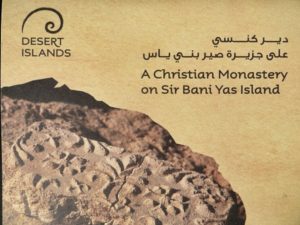
Each of these sites has now been carefully covered, to protect them until the time when they can be incorporated into the destination experience.
The island has a number of significant historical sites, including remnants of the Late Stone Age and early Islamic structures.
The island is also the location of the only pre-Islamic Christian site to be found in the UAE.
In 1971 Sheikh Zayed became the first president of the United Arab Emirates and chose this island as a retreat. In 1977, he passed a law prohibiting hunting on the island and started developing it as a wildlife preserve in his “Greening of the Desert” programme, which was designed to help make the deserts more suitable for human settlement and provide a haven for many of Arabia’s endangered wildlife species.
Several million trees were planted and numerous animals species introduced to the island, including gazelle, oryx, llama, rhea, giraffe, and ostrich. Once the reserve was established, Sheikh Zayed wanted to share the results with the world; hence it was opened to tourists. These tours are now so popular that visits would often have to be booked over one year in advance.
Site inspection by the locals, they were curious.
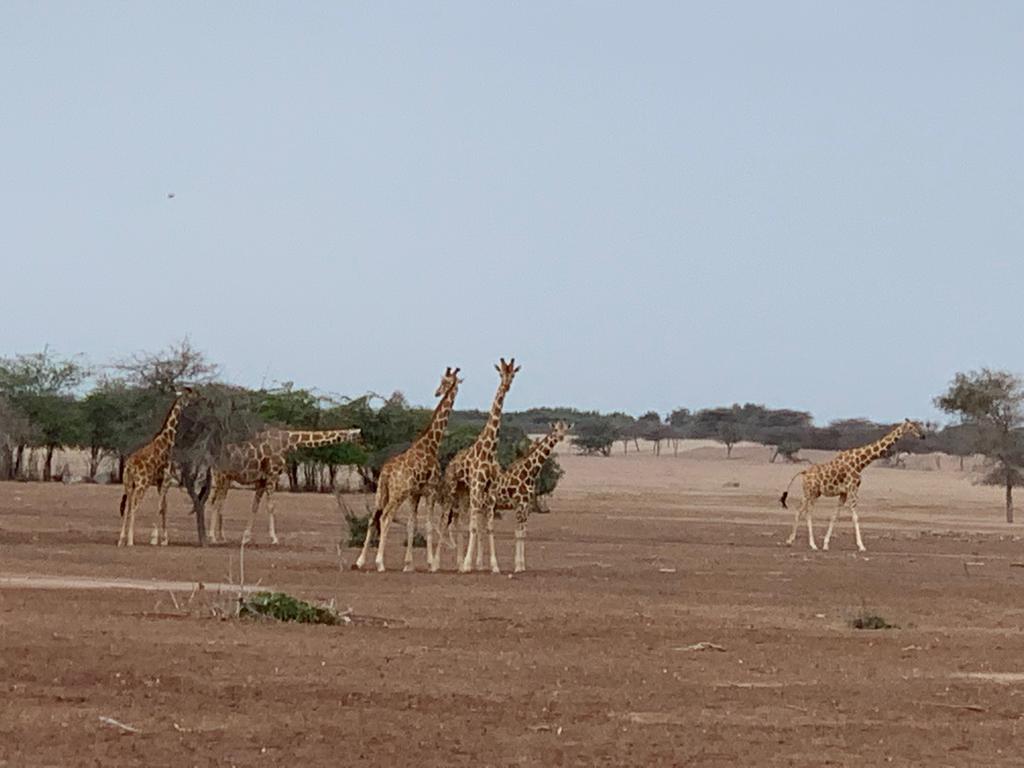
View more published news regarding The Church & Monastery of Sir Bani Yas

What was SOIL SOLUTIONS doing there…
Soil Solutions was very grateful and excited to be a part of such a momentous project at Sir Baniyas Island. The project was managed by the Abu Dhabi Ministry of Culture and Tourism, who enlisted the services of Abu Dhabi based Scan Construction, who contacted Soil Solutions to assist in providing the specialized and detailed methodologies required for the upgrade of the entryway to the areas of interest. The challenges lie in the environmental sensitivity and historical significance of the site and the ongoing archeological research. The project consisted of – Stabilizing and Surface Sealing the Entrance and Access Road to the visitor’s point at the Monastery Site, the adjacent parking areas, walkways, and archeological excavation area. Specific and detailed methodologies were devised and implemented to bring about the final results with minimal impact on the surroundings. The treated roads and surroundings will also have a much reduced future maintenance requirement that also provides a sustainable solution with decreased impact. The Ministry of Culture & Tourism has assured improved access to this important and historical sight for the benefit of all to travel and visit Sir Bani Yas Island.
We thank all parties involved for the collective effort in delivering the needed solutions for this important project.
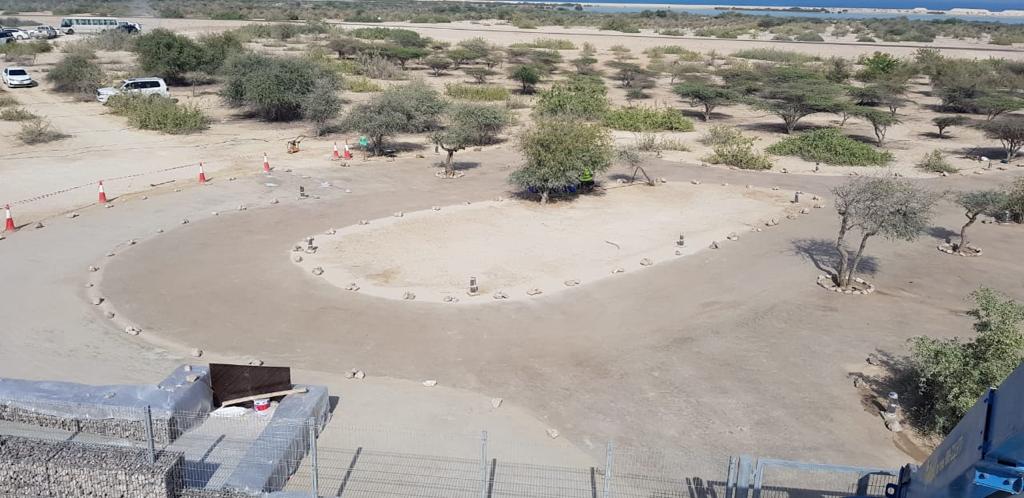
With the preservation of the natural environment and reduced impact being of utmost importance, Soil Solutions high performing EBS soil stabilizer was approved for the project due to its environmentally safe and non-hazardous compliance and its ability to preserve the natural surroundings.
View more of our completed projects below…
